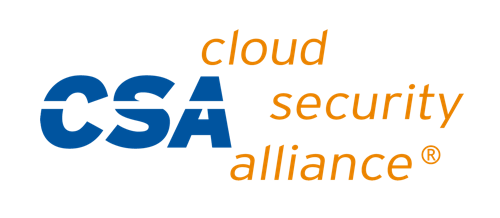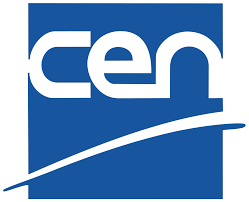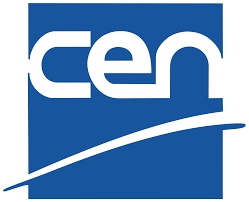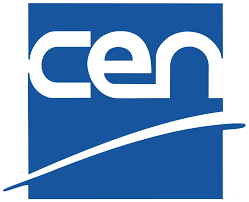Security Guidance
Cloud Security Alliance’s Security Guidance for Critical Areas of Focus in Cloud Computing seeks to establish a stable, secure baseline for cloud operations. This effort provides a practical, actionable roadmap to managers wanting to adopt the cloud paradigm safely and securely. Domains are reviewed to emphasize security, stability, and privacy in a multi-tenant environment. The CSA’s Security Guidance for Critical Areas of Focus in Cloud Computing builds on previous iterations through dedicated research, public participation from CSA members, working groups, and industry experts. This version incorporates advances in cloud, security, and supporting technologies, reflects on real-world cloud security practices, integrates the latest CSA research projects, and offers guidance for related technologies. The goal of the fourth version of Security Guidance for Critical Areas of Focus in Cloud Computing is to provide guidance and inspiration to support business goals while managing and mitigating the risks associated with cloud computing adoption.











